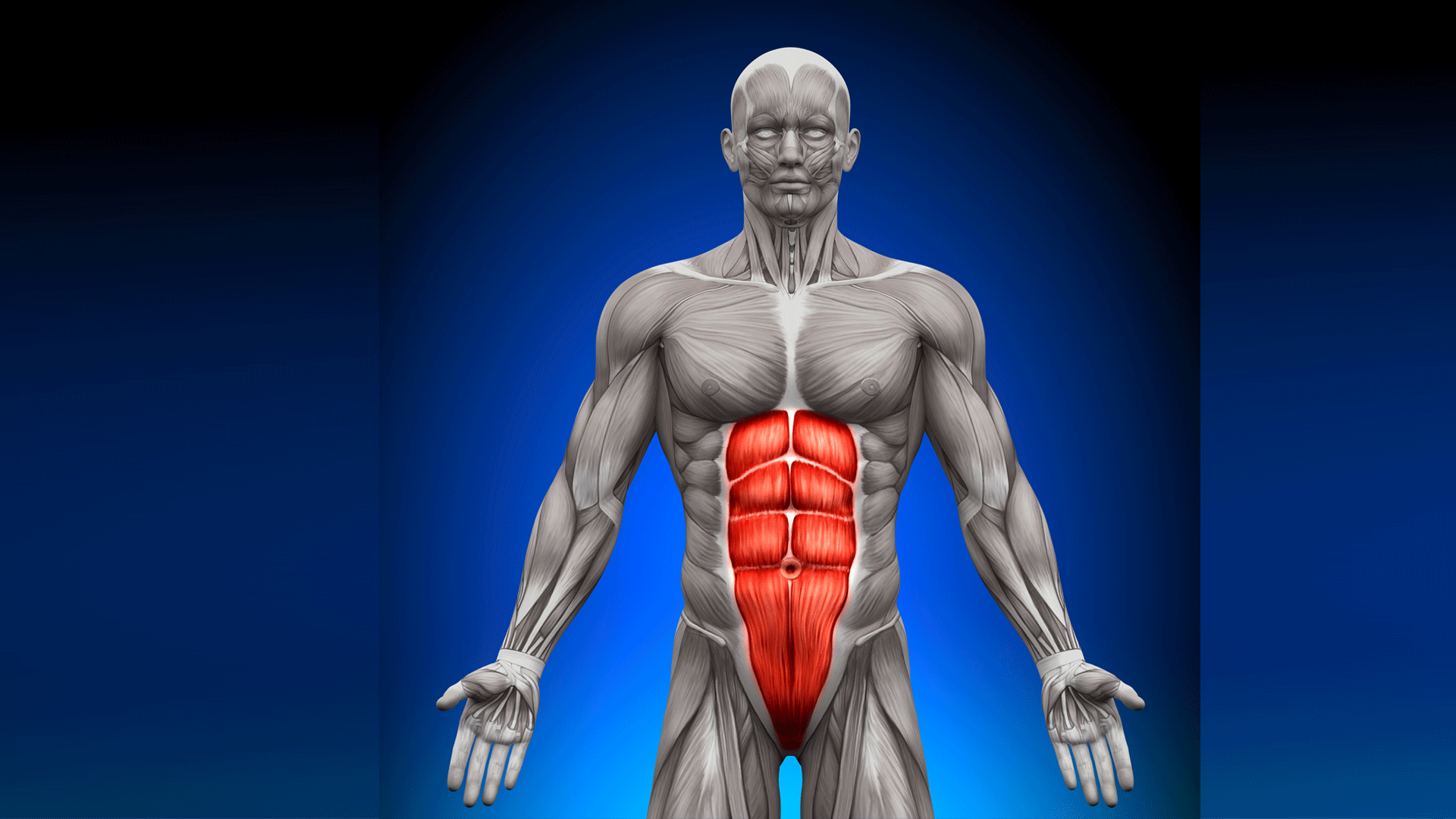Balance is maintained through a combination of three different body systems working together efficiently and effectively. These systems include: 1,2,3,4:
(1) Vestibular “inner ear” system: provides information to the brain about motion, head position, and spatial orientation
(2) Visual system: eyes send signals to your brain for where you are in space in relation to objects around you
(3) Proprioceptive system: allows your body to be aware of posture & spatial awareness through the use of sensory nerves in muscles, tendons, and joints
Core strength plays a vital role in your body’s proprioceptive system in order to maintain stability through postural and spatial awareness. A strong core keeps your body upright, improves posture, stabilizes and controls the pelvis and spine, reduces low back pain, promotes ease of movement, and is responsible for your body’s sense of balance and therefore decreases your risk for falls 4,5,6. Alternatively, a weak core can lead to poor posture, low back pain, muscle injuries, and make you feel off balance which could potentially lead to falls and additional risk of injury 4,5. The body‘s overall ability to function with reduced risk for falls can improve with specific exercises to address these core muscles and improve strength.
Core Exercises4:
- Stabilize and strengthen your core
- Train the muscles in the pelvis, low back, hips, and abdomen to work together which ultimately improves balance & stability
- Do not need special equipment
- Include any exercise that causes abdominal & back muscles to work together
See below for exercise examples that focus on improving core strength and stability:7
(1) Posterior Pelvic Tilt

- Lay on your back with knees bent and feet resting on the floor
- Slowly bend your low back and tilt your pelvis backward into the floor
- Return to starting position & repeat
- Make sure to only move your pelvis and low back
(2) Transverse Abdominis Bracing

- Lay on your back with knees bent & feet resting on the floor & fingers resting on the stomach just above your hips
- Tighten your abdominals, pulling your navel in toward your spine & up
- You should feel your muscles contract under your fingers
- Hold this position, then relax & repeat
- Make sure your back is flat against the floor
(3) Hooklying March

- Lay on your back with knees bent and feet resting on the floor
- Lift 1 foot off the floor a few inches, keeping your knee bent, then lower it back down and repeat with the opposite leg
- Make sure to keep your low back flat against the floor
(4) Bridge

- Lay on your back with arms resting at your sides, knees bent with feet resting on the floor
- Tighten your abdominals and slowly lift your hips off the floor into a bridge position, keeping your back straight
- Make sure to keep your trunk stiff during the exercise & your arms flat on the floor
In order to ensure proper technique, create an individualized program, and advance your core exercises, contact Live Your Life today!
Dr. Kristen Reed

LYL Physical Therapist
Dr. Kristen Reed, DPT, GRS, CLT graduated in 2011 from University of Minnesota-Twin Cities with a B.S. in Kinesiology degree. She went on to graduate with a Doctorate of Physical Therapy from St. Catherine University (2015) and completed the Geriatric Clinical Residency program from the University of Minnesota- Twin Cities in 2016. She has spent her career working with primarily geriatrics in the Transitional Care/ Memory Care/ Long Term Care settings. Dr, Reed loves working with geriatrics and is passionate about helping them improve their quality of life. She loves being a therapist and watching her clients reach their goals.
She is kept busy with her husband and young daughter. She enjoys spending time with friends and family as much as possible. Her favorite activities are hiking in the summer and downhill skiing in the winter.
References
1 Know Your Brain: Vestibular System. Neuroscientifically Challenged. (2015, November 15). https://www.neuroscientificallychallenged.com/blog/know-your-brain-vestibular-system
2The Connection Between Core Strength and Better Balance. Kinetix Physical Therapy. https://kinetixpt.com/the-connection-between-core-strength-and-better-balance/
3 Carol S. Balance Your Way to a Stronger Body. WebMD. https://www.webmd.com/fitness-exercise/features/balance-your-way-to-stronger-body#1
4 Core Exercises: Why you should strengthen your core muscles. Mayo Clinic. (2020, August 29). https://www.mayoclinic.org/healthy-lifestyle/fitness/in-depth/core-exercises/art-20044751
5 How to Improve Your Balance by Increasing Your Core Strength. Focus Physical Therapy. (2019, November 26). https://focusphysicaltherapyscv.com/how-to-improve-your-balance-by-increasing-your-core-strength/
6 Elson L. Understanding and improving core strength. Harvard Health Publishing: Harvard Medical School. (2018, September 04). https://www.health.harvard.edu/blog/understanding-and-improving-core-strength-2018090414662
7 MedBridge. https://www.medbridgeeducation.com

